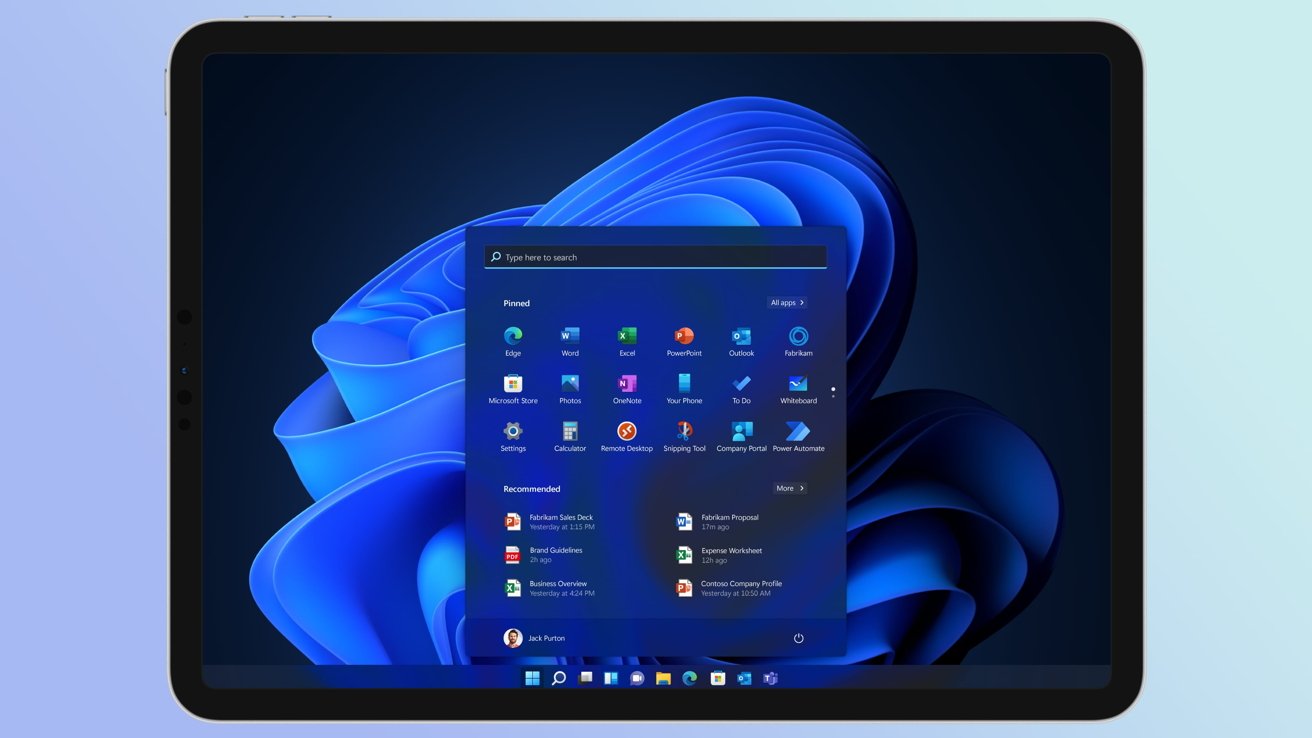In a remarkable demonstration of technical ingenuity, a developer known by the pseudonym NTDev has managed to run a version of Windows 11 on an iPad Air equipped with Apple’s M2 chip. This achievement, while impressive, underscores the challenges and limitations inherent in such cross-platform endeavors.
The Experiment:
NTDev utilized UTM, a virtual machine emulator for iOS, to facilitate the installation of Windows 11 on the iPad Air. By leveraging Just-in-Time (JIT) emulation via StikDebug, installed through the AltStore—a third-party app repository—the developer initiated the virtual machine. After approximately 50 seconds, the Windows 11 desktop became operational on the iPad.
The version of Windows 11 employed in this experiment is tiny11 arm64, a streamlined, unauthorized build designed to operate with minimal system resources. This lightweight variant is particularly suited for devices with limited storage and processing capabilities, making it an appropriate choice for this unconventional setup. Screenshots from the experiment reveal the virtual machine running at a clock speed of 1GHz and utilizing 3GB of memory.
Technical Challenges and Performance:
Despite the successful installation, the performance of Windows 11 on the iPad Air is notably sluggish. The emulation process introduces significant latency, resulting in slow boot times and reduced responsiveness. This is consistent with previous attempts to run Windows 11 on Apple devices. For instance, NTDev previously managed to run Windows 11 on an iPhone 15 Pro using UTM SE and Tiny11, but the system took approximately 20 minutes to boot and exhibited poor performance. ([gigazine.net](https://gigazine.net/gsc_news/en/20240724-windows-11-runs-iphone-15-pro?utm_source=openai))
Broader Context and Implications:
This experiment is part of a broader trend among developers and tech enthusiasts to push the boundaries of device capabilities. Similar efforts have been made to run Windows 11 on various Apple devices, including the iPhone 15 Pro. However, these endeavors often face significant performance issues due to hardware and software incompatibilities.
Microsoft has clarified that running Windows 11 on Apple silicon is not an officially supported scenario. This lack of official support means that users attempting to run Windows 11 on Apple devices may encounter various issues without guaranteed solutions. ([imore.com](https://www.imore.com/windows-11-apple-silicon-not-supported-scenario-says-microsoft?utm_source=openai))
Alternative Solutions:
For users seeking to use Windows on an iPad, alternative solutions exist. Microsoft’s Windows 365 service allows users to stream a full Windows experience to their devices via the cloud. This approach provides a more stable and officially supported method to access Windows on an iPad, albeit with the requirement of a consistent internet connection. ([ijunkie.com](https://ijunkie.com/windows-365-brings-windows-11-ipad/?utm_source=openai))
Conclusion:
While the successful installation of Windows 11 on an iPad Air by NTDev is a testament to technical creativity, it remains a proof-of-concept rather than a practical solution for everyday use. The performance limitations and lack of official support highlight the challenges of running non-native operating systems on Apple hardware. Users interested in such capabilities are advised to consider officially supported methods, such as cloud-based services, to ensure a more reliable and efficient experience.



